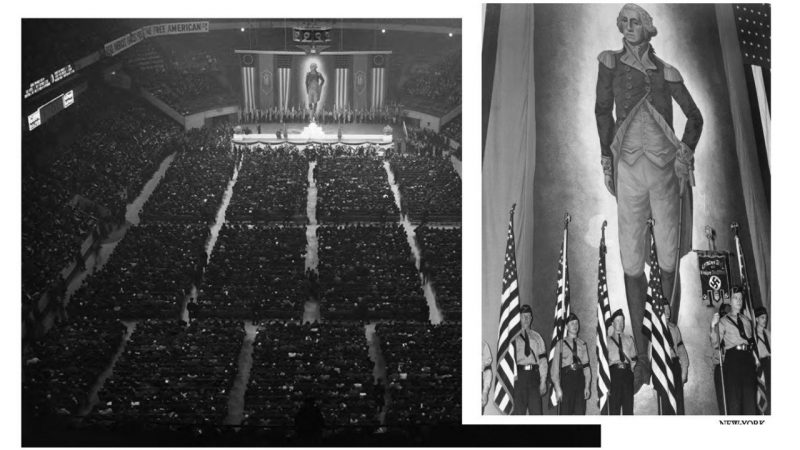Yes, there was a time in the 1930s when the Nazis were a political force not just in Germany but all over the world, including in the United States.
Picture this: Thousands of black and brown clad Stormtroopers. Strident hateful speeches. Provocations to violence toward Jewish people and religious and ethnic minorities. A fairly typical Nazi rally in the 30s.
Now picture the strangest part: Giant portraits of not Adolf Hitler but rather George Washington overlooking the rally. Men standing at a podium to rail against “Rosenfeld and his Jew Deal.” This really happened.
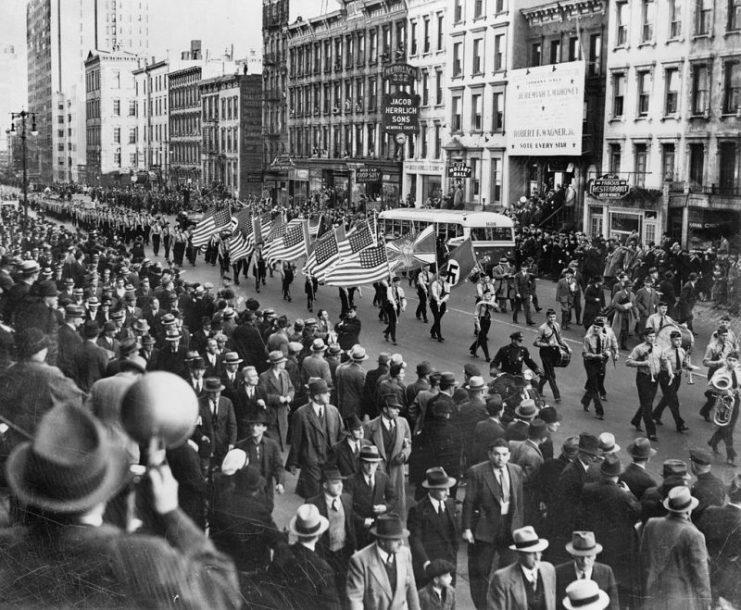
In the 1930s the American Nazi party–or the German American Bund as they called themselves–grew to disturbing levels. Not only did they have rallies, they filled Madison Square Garden.
At that time Madison Square Garden was the ultimate place in the country to have an event, be it a sporting event or any other kind of large gathering. Numerous American political parties held conventions and rallies there over the years.
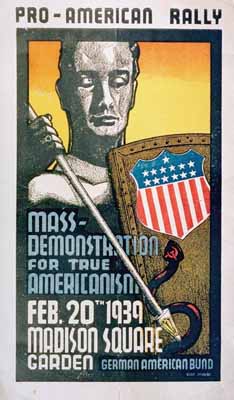
It was the place to be. It is very strange now to think that, while Hitler was beginning to rule Germany, Nazis were scheming and dreaming of the same for the United States.
The Nazi movement was not like what you often see today, with small groups of angry men shouting on street corners. No, this was far more organized: marches and rallies with giant crowds of men dressed in Nazi uniforms, openly advocating for Nazi style policies in the United States.
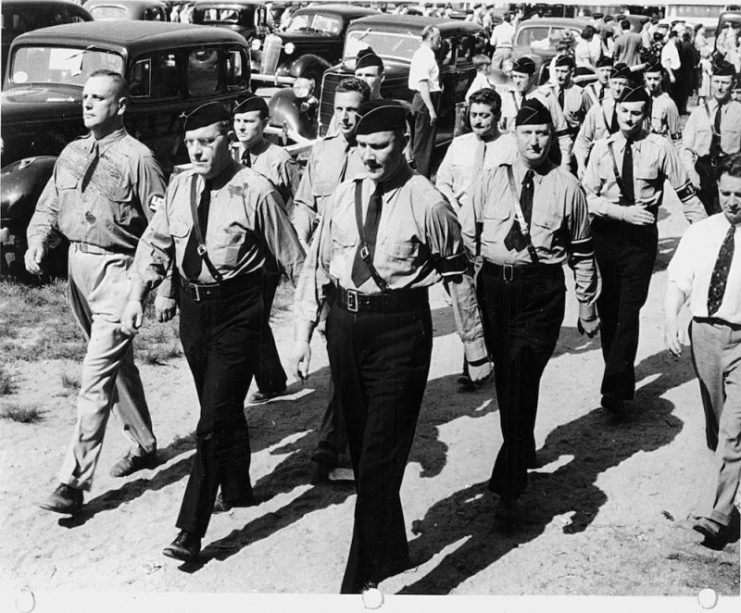
The 1930s was an ideal time for dictators to gain power. The economic and social unrest of the post-World War I era into the 20s and 30s was a ripe ground for fascism to grow.
Nazi influence grew by capitalizing on the discontent and disenfranchisement felt by many men of the time. These feelings allowed the Nazi Party to gain a foothold even in the United States.
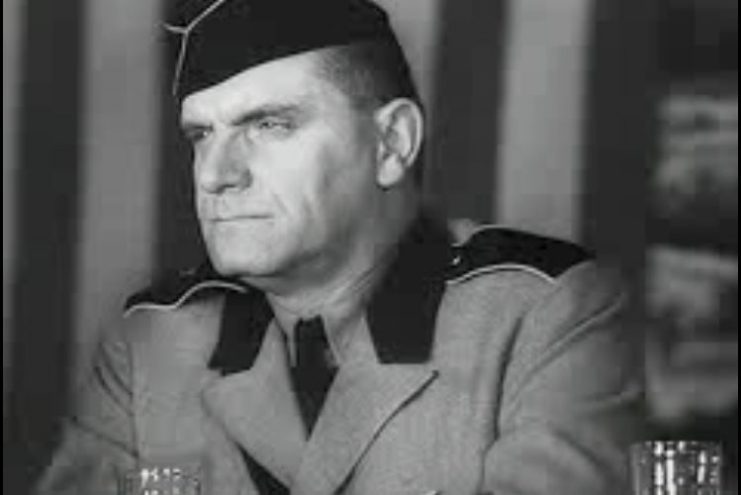
Leading the march for the Bund was a portly fellow named Fritz Kuhn. Kuhn’s rise to the top was as meteoric as his fall afterward. He was a decorated veteran of the German Army in World War I and held a master’s degree in chemical engineering.
Kuhn moved to the United States in the 1930s and became a naturalized citizen. Within a few short years he became leader of what passed for a Nazi party in the United States, the German American Bund.
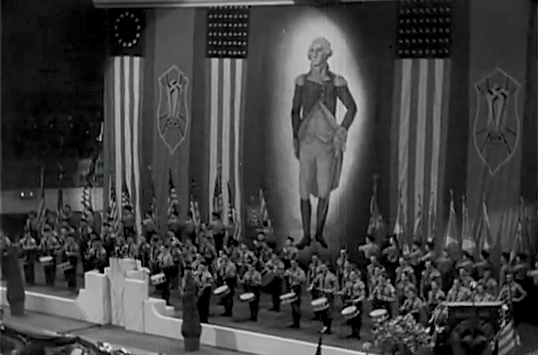
Almost immediately, Kuhn and the Bund both made enemies.
Germans who had fled Nazi persecution and ordinary, everyday good Americans hated the Bund. German immigrants marched side by side with Jewish war veterans and people of other races to oppose it.
Street fights and riots brought the Bund both enemies and attention. More importantly, it caused them to run afoul of American law enforcement and Congress.
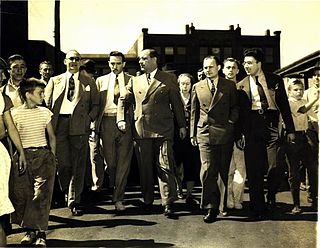
Perhaps most incredibly, they also ran afoul of the real Nazis. The Nazis did not want the American Nazi Party to operate as openly as Kuhn did. Hitler preferred stealthy operations in countries where he wasn’t in charge. He wanted Americans to remain neutral toward it.
The Nazis actually went so far as to decree that no German national could be a member of the German American Bund, and no Nazi emblems or insignia were allowed to be used by them.
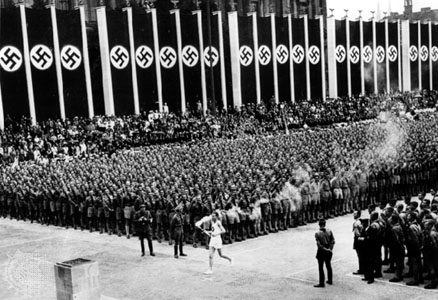
When Kuhn made a special trip to Germany during the 1936 Olympics, he was dismayed to be actually snubbed by Hitler. Undeterred, he came back to the United States and immediately set into motion ideas for his own rise to power. He would declare himself the American Führer–all the while trying to deny that that was what he sought.
Ironically, shortly after their largest display at a Madison Square Garden rally, the Bund was taken down by the combined efforts of patriots in America and Kuhn’s own misdeeds. Congress passed the Foreign Agents Registration Act, stipulating that permission from the Department of State was required to act as an agent of an outside power.
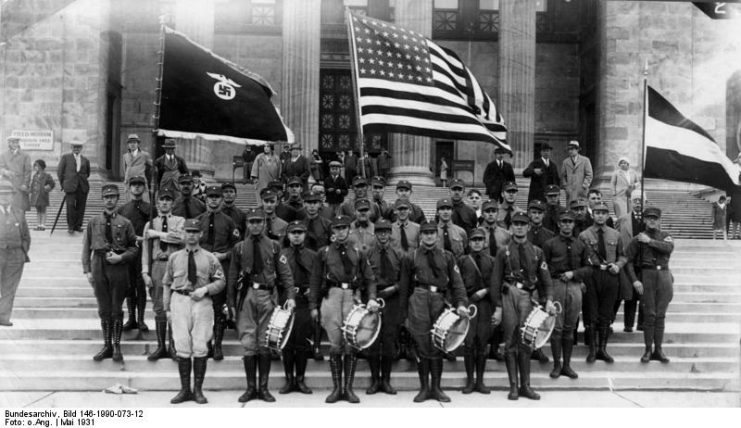
More importantly, the Bund made an enemy of patriotic New York Mayor Fiorello LaGuardia, who sent noted prosecutor Thomas Dewey after Kuhn. Like Al Capone, Kuhn was indicted for tax evasion and embezzlement. He was convicted and packed off to prison.
His citizenship was stripped away and he was interned as an enemy alien for the duration of World War II. Kuhn was deported in 1945 after the war ended. He died alone and unheralded in Germany in 1951.
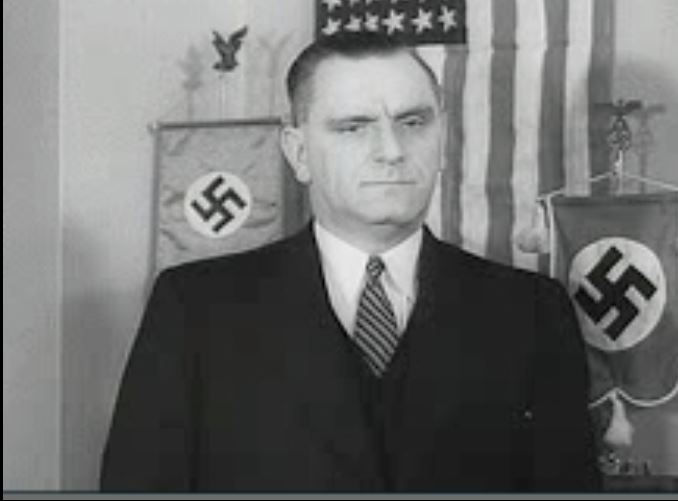
Due to the events of World War II, the American Nazi Party and the Bund quickly fell into disfavor and became a mere footnote of history. While there were German operations to sabotage the U.S. war effort, no homegrown Nazis ever rose to real power.
